Content by SDSU Extension
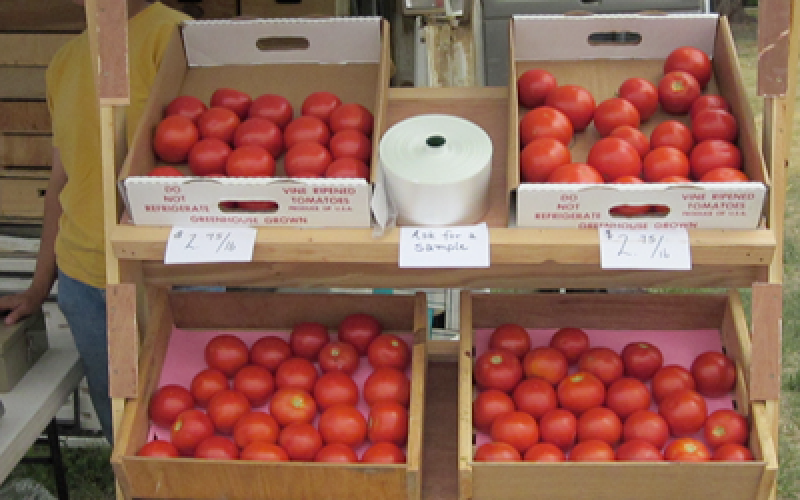
Farmers Market Food Safety: Health & Hygiene
Health, hygiene and hand washing apply to all stages of production, processing and marketing. Ill food handlers can easily contaminate fresh produce with disease-causing microorganisms. Many of these organisms have the capability to survive on fresh fruits and vegetables for an extended time, from several days to weeks. Once the organism is established on fresh produce, it is very hard to remove.
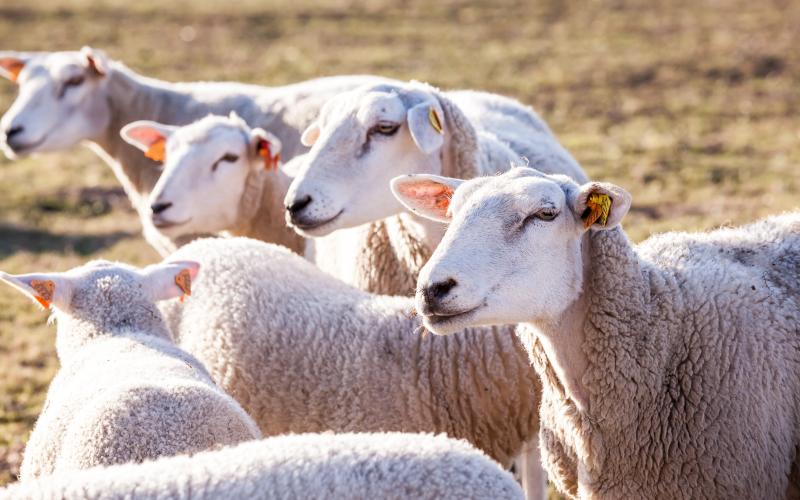
The Effects of Ewe Nutrition on Lamb Performance
In the livestock industry, profitability is determined by the efficiency of production; with growth and development of offspring having a large impact. In sheep production, ewe nutrition is one of the biggest factors in fetal growth, milk production, and lamb performance; therefore, determining how profitable a production system will be. Not only does the ewe depend on proper nutrition for fetal development but also udder development and milk production.

Financial Record Keeping Software: A comparison of Quicken and QuickBooks
As fall nears many producers are beginning to gather their records to prepare for taxes. From these records many important operating decisions are made. Agriculture producers often use computer software to keep financial records. While there are software packages tailored for farm and ranch businesses, many producers successfully use general commercial software such as Quicken® or QuickBooks®. Both products can be useful for an agricultural producer’s record keeping. The question which often arises from producers is, “which one do I need”?
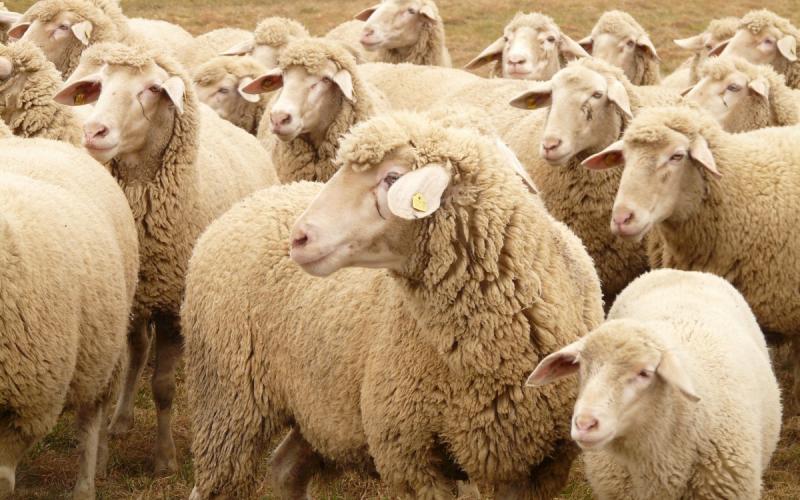
Sheep Breeds
Everyone has heard the fairytale “Baa Baa Black Sheep Have You Any Wool?” but what about the double-coated California Red, the multi-colored Katahdin sheep with hair, or the East Friesian dairy ewe that produces over 1,100 pounds of milk a year? Sheep come in different shapes, sizes, and colors and all of them provide different functions and uses for producers. These can range from meat, wool, and milk production or a combination of characteristics.
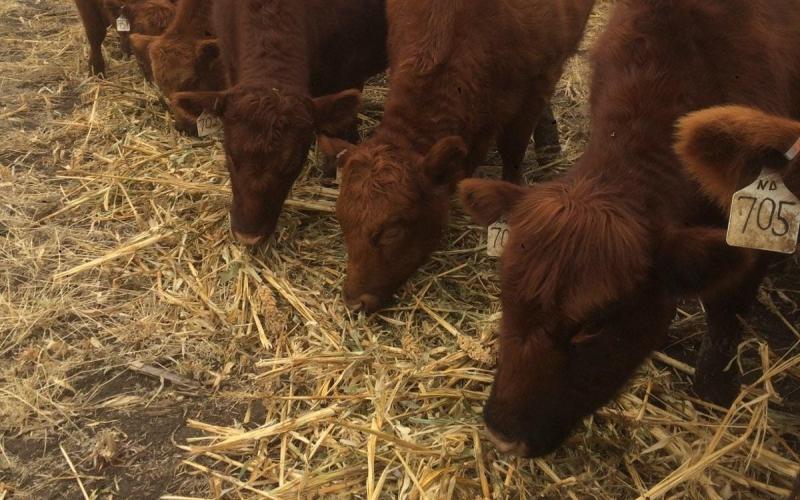
Targeted Feeding for Heifer Development
Heifer development starts with proper whole-herd nutrition year round. Reviewing the basics of heifer development starting with post-weaning selection and development is a good place to start.
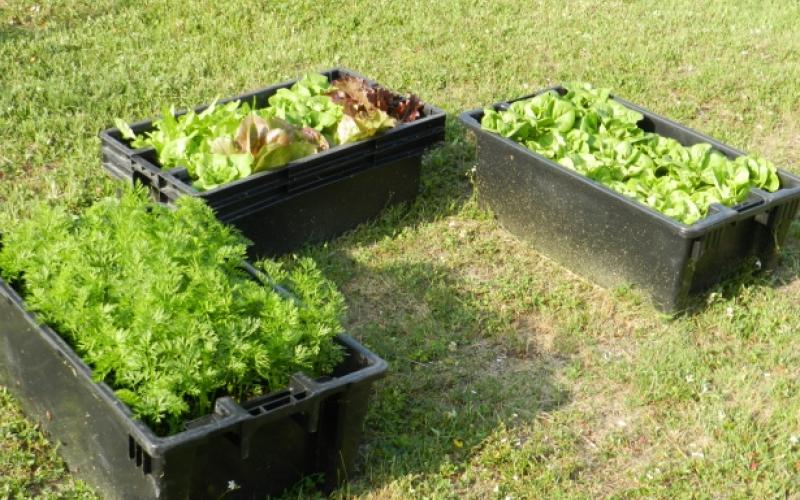
Early Spring Gardeners Prepare to Plant Cool Season Vegetables
The early spring weather has vegetable gardeners ready to proceed with caution into planting the first round of vegetables in South Dakota. Cool season vegetables are those that prefer cool growing temperatures between 60 degrees to 80 degrees Fahrenheit and lose quality in hot weather.
Founding a Farmers Market: Form a Planning Team
The first step to forming a new farmers market is to form a planning team. Keep the team small enough so that it is simple, small and manageable.
Community Gardens: Types of Plants
A community garden will have to determine if they allow perennial growing plants or if they only allow annuals. Perennials can be great additions, as people enjoy growing and eating asparagus, strawberries, raspberries, tree fruit and others.

Community Gardens: Lease Agreements
Once the location of your community garden has been determined, it is suggested that you draft a lease agreement outlining the expectations and responsibilities of the community garden group and the landlord.
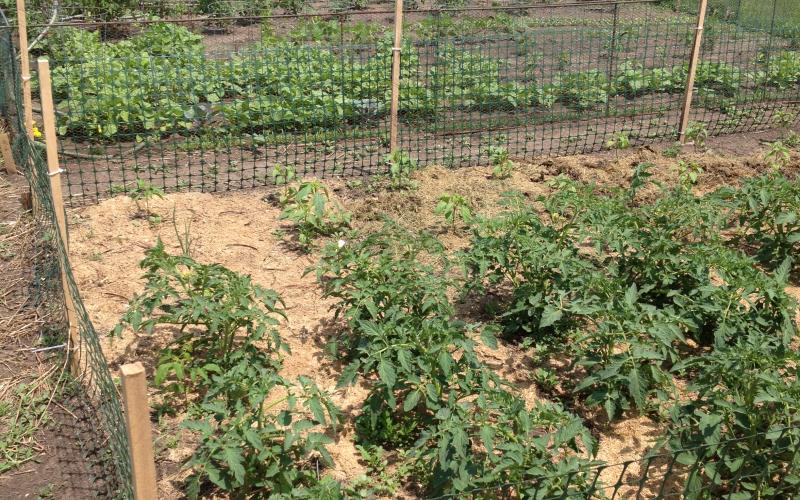
Community Gardens: Garden Rules
It is necessary to have a clear set of rules or guidelines established for community garden participants. Every garden and community is different, so local organizers will want to establish rules that work best for their program. When developing your garden’s rules or guidelines include a range of perspectives, from the leadership team to the landowner to the gardeners.